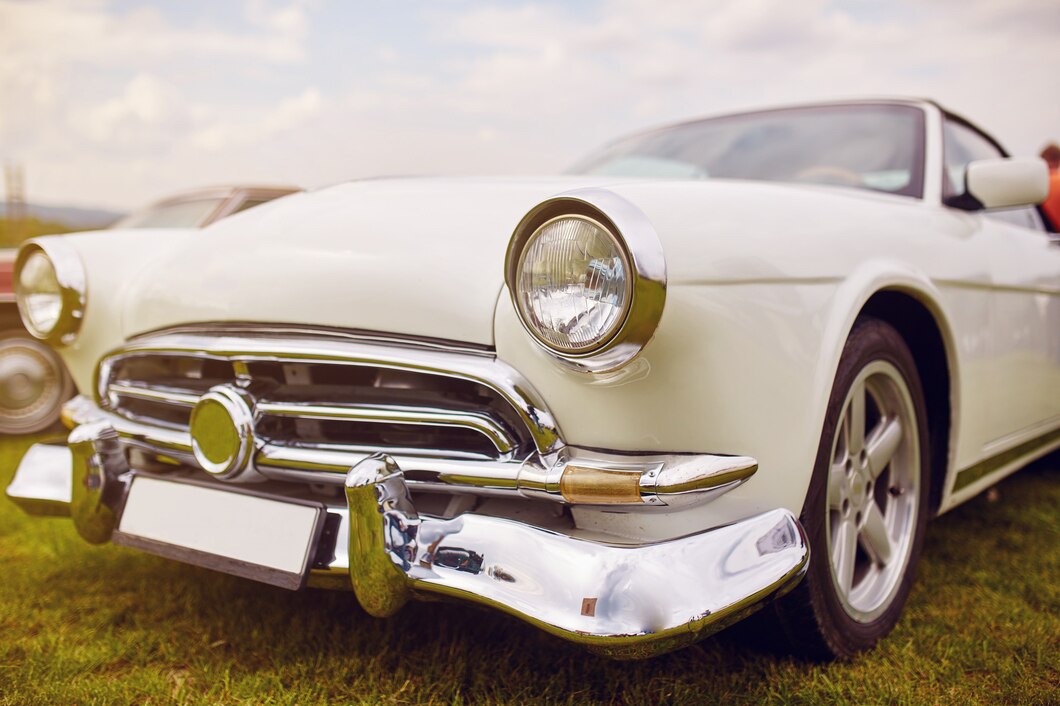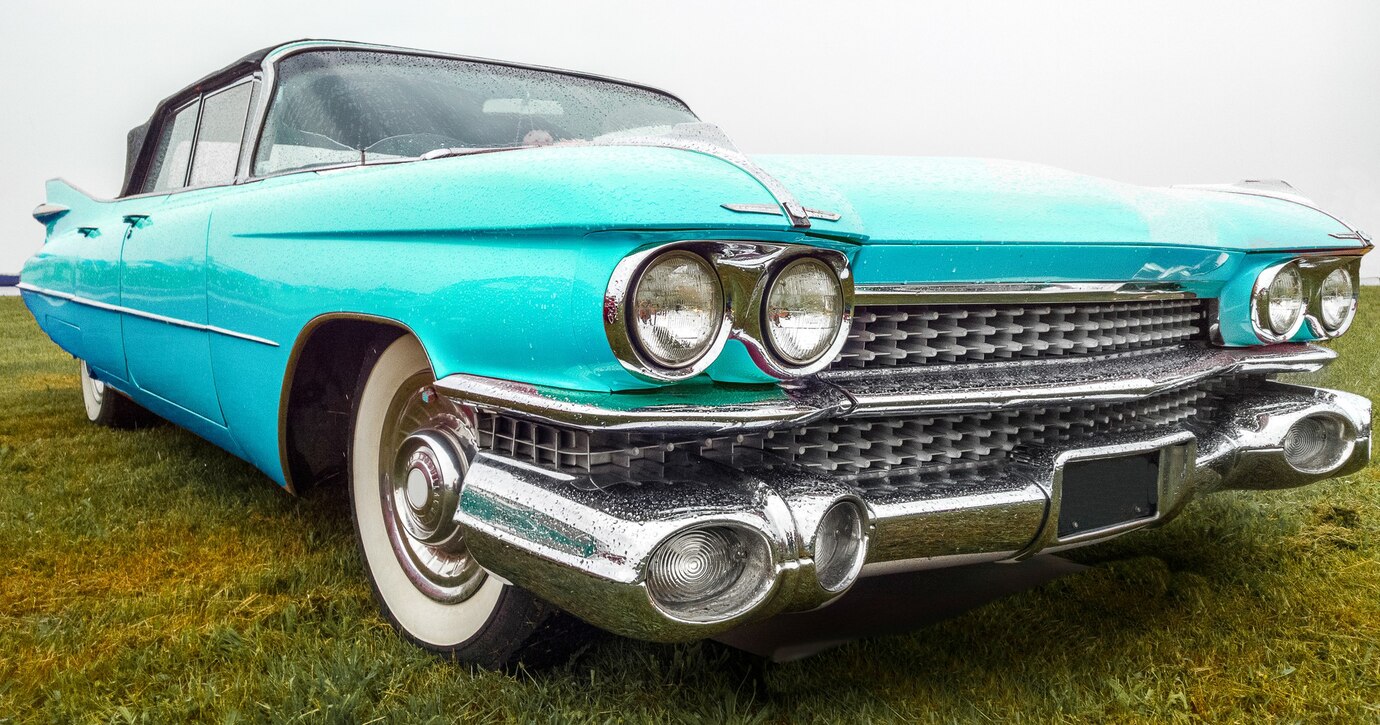Introduction
Luxury classic cars are more than just vehicles; they are masterpieces of engineering, artistry, and craftsmanship. These automobiles have always stood for status, success, and technological advancement, setting new aesthetic and performance standards. From the roaring engines of the early 20th century to the sleek, hand-crafted interiors of mid-century grand tourers, luxury classic cars remain timeless representations of wealth and refinement. These automobiles evoke feelings of nostalgia, preserve history, and continue to influence vehicle design today. The legacy of luxury classic cars is built upon innovation, exclusivity, and the ability to merge opulence with power in a way that remains unrivaled.

The Golden Age of Luxury Automobiles
The early 20th century marked the beginning of what many consider the golden age of luxury automobiles. This era saw the emergence of legendary brands such as Rolls-Royce, Bentley, Bugatti, and Cadillac. These manufacturers set themselves apart by producing handcrafted cars that combined cutting-edge technology with the finest materials available.
One of the most iconic luxury cars from this period was the Rolls-Royce Phantom I, which debuted in 1925. It’s quiet yet powerful engine and handcrafted interior quickly made it a favorite among royalty and the elite. Around the same time, Bugatti was revolutionizing automotive performance with the Type 41 Royale, an extravagant vehicle with an enormous 12.7-liter engine and unparalleled luxury features. In a similar vein, the Model J was produced by Duesenberg, an American brand that is associated with wealth and exclusivity. These models were frequently made specifically for Hollywood stars and business tycoons. These vehicles were not just modes of transportation but also statements of personal prestige.
Design and Craftsmanship: The Hallmarks of Classic Luxury
Luxury classic cars are distinguished by their exquisite designs, attention to detail, and use of premium materials. Unlike mass-produced vehicles, classic luxury cars were often built by hand, ensuring meticulous quality control. Everything from the rich leather upholstery to the intricate wood veneer dashboards was crafted to perfection.
The Bentley R-Type Continental, introduced in the 1950s, is a prime example of timeless design. Its sleek, aerodynamic shape and effortless performance set a new standard for grand touring vehicles. Another masterpiece, the Mercedes-Benz 300SL Gullwing, was famed for its distinctive upward-opening doors and lightweight aluminum body. These automobiles show how classic luxury automobiles were designed to be superior mechanically and aesthetically. Beyond aesthetics, these automobiles also showcased groundbreaking engineering. Many luxury classics featured advanced suspension systems, powerful V12 engines, and superior aerodynamics. Manufacturers invested significantly in research and development, ensuring that their cars not only looked spectacular but also delivered an exceptional driving experience.
The Role of Luxury Cars in Pop Culture
The presence of high-end classic automobiles in popular culture has only served to bolster this perception. Hollywood movies, music videos, and even literature have celebrated these magnificent machines as symbols of success and sophistication.
The Aston Martin DB5, famously driven by James Bond in “Goldfinger,” became one of the most recognizable cars in film history. Its elegant design and secret-agent gadgets solidified its reputation as the ultimate luxury sports car. Similarly, The Rolls-Royce Silver Cloud, a favorite among celebrities and dignitaries, was often featured in movies as the epitome of class and elegance. Rock stars and rappers have displayed their prized collections as evidence of their status, and classic cars have also entered the music industry. Beyond entertainment, luxury classic cars have also played significant roles in high society. From being displayed at prestigious concours d’elegance events to gracing the driveways of world leaders, these vehicles have always been associated with the upper echelons of society.
Innovation and Performance. The Power Behind the Prestige
Luxury classic cars were not just about aesthetics; they were also technological marvels. Many of these vehicles introduced features that were far ahead of their time, influencing modern automobile development.
For instance, Cadillac was one of the first manufacturers to offer luxury models with electronic fuel injection, automatic climate control, and power steering. The Jaguar E-Type, praised by Enzo Ferrari as the most beautiful car ever made, combined breathtaking design with a top speed of 150 mph, making it one of the fastest production cars of its era. Meanwhile, Ferrari’s 250 GTO became an icon not only for its rarity but also for its superior performance on the racetrack. These innovations ensured that luxury classic cars provided both comfort and thrilling speed, a combination that remains sought after today.
Collectibility and Investment Value
Owning a luxury classic car is about more than just driving. It is also about preserving a piece of history. Over the years, these vehicles have become highly coveted collectibles, with their value appreciating significantly over time. Enthusiasts and collectors from around the world participate in auctions, bidding astronomical sums for well-preserved models.
The Ferrari 250 GTO, for example, has repeatedly set records at auctions, with some units selling for over $50 million. Similarly, a pristine Bugatti Type 57SC Atlantic is considered one of the most valuable cars ever made, with only a handful still in existence. Unlike modern luxury cars, which depreciate in value, classic luxury automobiles often serve as excellent investments, making them appealing to collectors and investors alike.
Apart from financial value, classic car ownership is also about passion. Many collectors dedicate years to restoring these automobiles to their original glory, sourcing authentic parts and working with skilled craftsmen to maintain their integrity. Events like the Pebble Beach Concours d’Elegance and the Goodwood Festival of Speed provide opportunities for enthusiasts to showcase their prized vehicles and celebrate automotive history.
The Enduring Influence of Classic Luxury Cars on Modern Designs
While technology has advanced significantly, the legacy of luxury classic cars continues to shape modern automobiles. Many contemporary luxury vehicles borrow heavily from the designs and engineering principles established decades ago. Brands such as Rolls-Royce, Bentley, Ferrari, and Mercedes-Benz incorporate retro styling cues, hand-crafted interiors, and bespoke customization options reminiscent of their classic counterparts.
For example, the Rolls-Royce Phantom VIII maintains the spirit of the original Phantom series while integrating state-of-the-art technology. Similarly, the Mercedes-Benz S-Class Coupe pays homage to the classic grand tourers of the past with its sweeping lines and luxurious interior. Even electric vehicle manufacturers, such as Tesla, are drawing inspiration from vintage luxury designs while pushing the boundaries of innovation.

Conclusion
Luxury classic cars represent a unique blend of artistry, prestige, and performance that few other machines can match. These automobiles continue to captivate automotive enthusiasts and collectors worldwide due to their powerful engines and exquisite craftsmanship. Their influence extends beyond mere transportation, shaping modern car designs, appearing in popular culture, and serving as prized investments. Whether as symbols of status, historical artifacts, or engineering marvels, the legacy of luxury classic cars remains deeply embedded in the fabric of the automotive industry. These timeless automobiles will always serve as a reminder of a time when cars were more than just machines; they were masterpieces.

